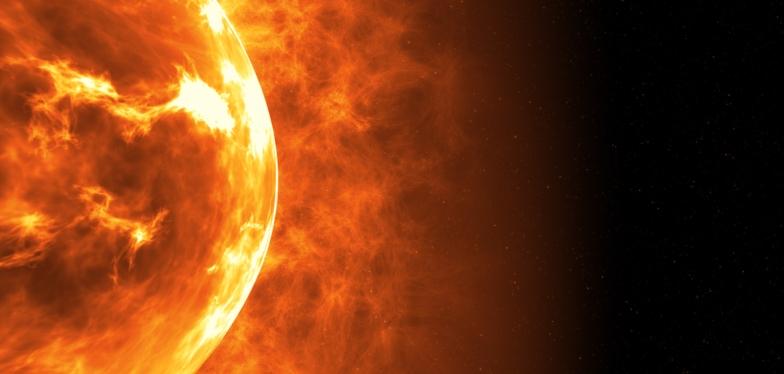A bit of Belgium to explore the Sun
In 1859, telegraph operators received strong electrical shocks; in 1989, the province of Quebec was plunged into darkness for 12 hours. The Sun can do damage on Earth, so we need to explore it to protect our omnipresent and highly sensitive electronics from it in the future. For that, we are counting on the Solar Orbiter, partially built in Belgium.

In February, the European Space Agency (ESA) successfully launched the Solar Orbiter to an orbit around the Sun from Cape Canaveral in Florida. The probe will send images of the north and south poles of our main star. They will help us better understand if, how and when solar eruptions impact space weather. They are caused by the sudden release of energy from the Sun's magnetic field, which disrupts radio signals and navigational equipment, or worse, as mentioned above.
Our satellites and telescopes on Earth aren't well suited to studying the Sun's surface in detail and all of the characteristics of space weather. It can’t even be done at the new solar observatory in Hawaii. However, the Solar Orbiter has remote-sensing instruments on board to observe its immediate environment and the Sun directly, thanks to its heat shield.
The probe is also equipped with a telescope developed by the Royal Observatory of Belgium and the Liège Space Centre. It was launched using a launcher based on a rocket designed by a Belgian in the 1950s.